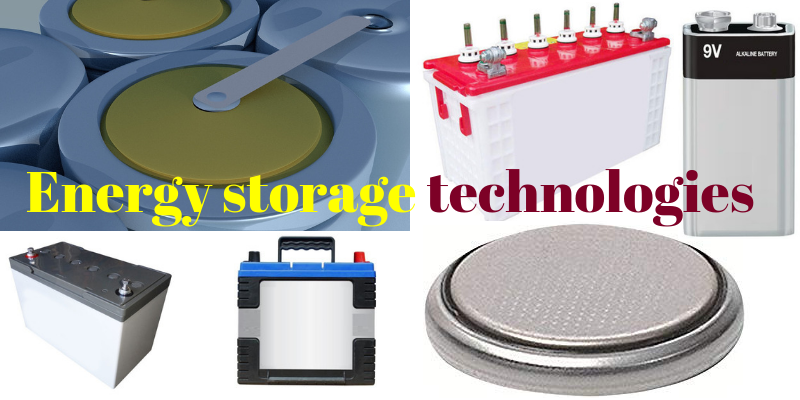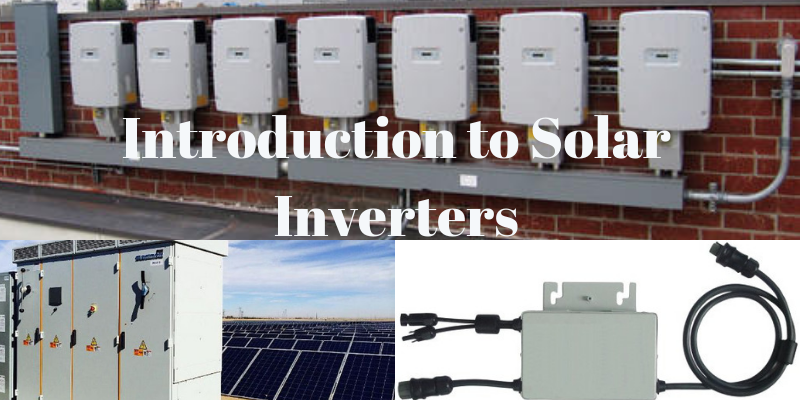An introduction to energy storage technologies
Energy Storage is one of the earliest concepts in the field of enegry and has found a wide range of applications in both domestic as well as commercial sector. While energy can be stored in various ways and forms such as mechanical, thernal, electro chemical, electrical and chemical methods, batteries designed through electro chemical methods are widely used.
ALKALINE BATTERIES
Alkaline batteries are the widely used batteries across the world and this is almost prevelant in every household. This is designed with the chemical method. The negative electrode is the zinc and the positive electrode is the magnese dioxide.
While most alkaline batteries are not rechargable, a few comes with the recharging options. These batteries are cyclindrical, button or cuboid in shape. These can be connected togeher to power up larger requirments.
The ususal voltage level of these batteries are from 1.10V to 1.65 V while 1.5V is the most common. The maximum current that can be drawn from a alkaline batery is 700mA.
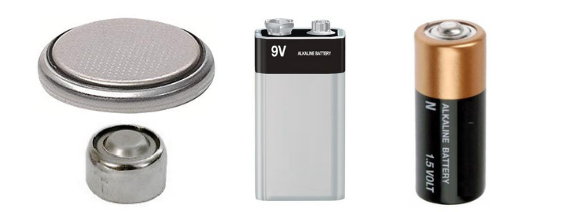
Applications: Wall clocks, Remote controls, measuring kits, etc.
VRLA BATTERIES
VRLA stands for Valve Regulated Lead Acid. These are elctro chemical and rechargable Batteries. The battery cosnsist of two plates of lead which acts as electrode suspended in a sulphuric acid which is the elctrolyte. This is further classified into two types viz., Sealed Maintenace Free (SMF) and Tubular batteries.
SMF batteries are sealed wholly and does not require any major maintenace excpet for the periodic cleaning at the terminals. SMF batteries are classified into two types. They are AGM and Gel batteries.
Absorbent Glass Materials
These batteries have electrolytes in glass mats, made of thin glass fiblres ensuring that the electrolyte is held on to it for the entire life time. While this can be made in to any size, it made in a rectangular case as per the specifications set by Battery Council International (BCI).
Gel Batteries
In Gel batteries, the electrolyte which is the sulphuric acid is mixed with fumed silica making it a mass gel like and immobile. This helps in reduction of electrolyte evaporatiom, corrosion of electrodes which are common among the lead acid batteries. The lead plates are also replaced by calcium.
Applications: SMF bateries are typically used in UPS systems, telecom equipments in the power back up requirements in lights, medical instruments, solar power, fire and security systems. They are used in vehicles popularly called by the name, “automotive batteries”.
TUBULAR Batteries
Tubular batteries are not sealed and require regular distilled water topiings. These have longer life when compared to SMF batteries. The elecrode design is of comb like structure whereas in the smf it is a matrix like structure. These are regarded as C 20, C 10, C 5 extra based on the charging and discharging rate. A C 20 battery can be discharged in 20 hours and recharged in 20 hours. while a C 10 battery can be discharged in 10 hours and charged back in 10 hours itself in a proper operation. Based on the height, this can be classifed as bed type of tall tubular.
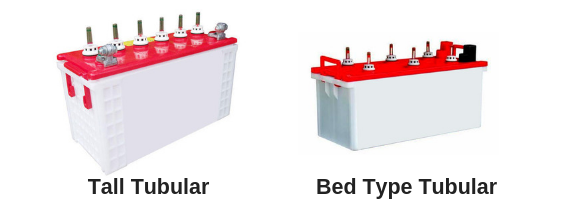
Applications: C 20 rated batteries are widely used along inverters while C 10 rated batteries are common in solar power applications.
LITHIUM ION BATTERIES
Lithium ion battery, usually abbreviated as LIB are rechargeable batteries. During the time of discharge, the lithium ions move from the negative electrode to the positive electrode, At the time of charging, the reversal happens. LIBs can be based on Lithium Cobalt oxide, Lithium iron phosphate, lithium ion magnese oxide, lithium nickel magnese cobalt oxide. However, Lithium iron phosphate are widely used because of its relative large specific capacity, well defined performance , long term stability and less toxic nature. The ability of Lithium ion to provide deeper discharge cycle and integrate with grid system makes it the most favorable. These are basically assembly of several cells. These cells are cylindrical, prismatic or rectangular in shape.
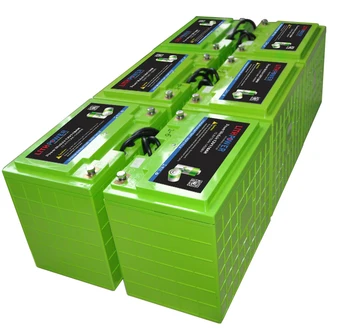
Applications: Lithium batteries are used in cellphones and are now used widely in solar lighting and electric vehicles.
Battery Management System (BMS)
Batteries should be equipped with a battery management system. The BMS prevents over charging and over discharging the battery, any accidental short circuit, protection from extreme temperatures
Disposale of used Batteries
The used batteries has to be disposed in a eco friendly way. The batteries contain lot of useful metals which can be recycled. The battery sellers and dealers buy back used batteries and send them to recycling plants.

